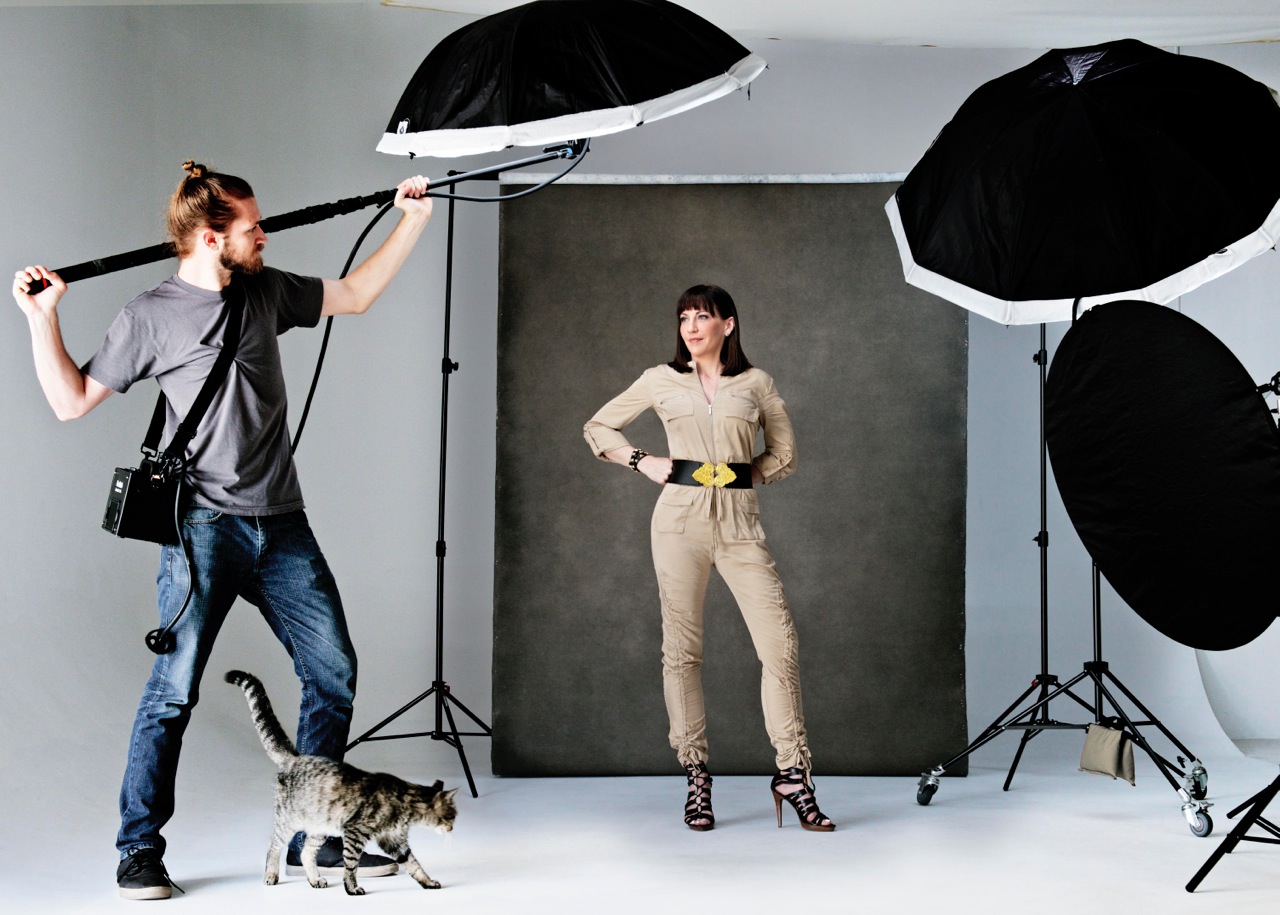How to Get Colored Lighting Photography for Stunning Shots?
As a professional photographer, understanding the nuances of lighting can dramatically elevate your work. If you are asking, how to get colored lighting photography, you've come to the right place. In the world of photography, colored lighting is not just about aesthetics; it's a game-changer for adding mood, variety, and character to your images.
Colored lighting helps in emphasizing certain aspects of your subject, adding depth, and creating a sense of drama. In this article, we will dive deep into various techniques on how to implement colored lighting, the tools you need, and the creative approaches you can take.

Understanding Colored Lighting
Colored lighting photography involves using various colored light sources to achieve the desired effect. Whether youre using gels, filters, or LED lights, the process can enhance the emotional impact of your photos.
The basic principle behind using colored light is to manipulate how light interacts with your subjects. Different hues can evoke various feelings, making it an invaluable tool for storytelling in your photography.
Tools for Colored Lighting Photography
To successfully capture colored lighting, you will need specific tools. Below are some recommended items:
- Colored Gels: These are thin sheets of colored plastic that can be placed over your light source. Theyre ideal for controlling the color temperature of your lights.
- LED Lights: These lights come in various colors and are incredibly versatile and easy to control.
- Light Modifiers: Use softboxes or umbrellas to diffuse the light and enhance the color while softening shadows.
- Backdrops: Colored backdrops can also illuminate your subject in a unique way.
Setting Up Your Shot
Once youve gathered the necessary tools, the next step is setting up your shot. Here are some tips:
- Choose Your Colors Wisely: Select colors that complement your subject. Experiment with different color combinations to see what works best.
- Control the Intensity: Adjust the intensity of your lights to create soft or harsh shadows, depending on your creative vision.
- Positioning is Key: The placement of your lighting can dramatically alter the outcome. Typically, colored lights are placed as backlights or side lights to achieve a more dramatic effect.

Popular Techniques in Colored Lighting Photography
There are numerous techniques that professional photographers use to achieve stunning results with colored lighting. Let's explore a few:
1. Rim Lighting
Rim lighting involves placing a colored light behind your subject, which creates a striking outline. This technique is especially effective for portraits, helping to define the edges and adding a magical glow.
2. Split Lighting
With this technique, you illuminate one side of the subject while keeping the other side mostly dark. This dramatic effect can be enhanced with colored light on the illuminated side, adding intrigue.
3. Background Lighting
Often overlooked, background lighting can create a stunning separation between your subject and the background. By using colored lights in the background, you can enhance the mood and overall composition of the shot.

Post-Processing Techniques
Even after capturing your images, post-processing can further enhance the colors in your photographs. Here are some strategies:
- Adjust Color Balance: Fine-tune the color balance to highlight the hues that you want to emphasize.
- Experiment with Filters: Software like Adobe Lightroom or Photoshop offers various filters that can help bring out colors.
- Add Gradients: Gradients can be applied to backgrounds in post-processing to enhance the colored effect.
Further Learning and Practice
The only way to master colored lighting photography is through practice. Consider setting aside time monthly to experiment with different setups and styles. Additionally, reading articles like good wattage for lighting can deepen your understanding.
Frequently Asked Questions
1. What is the best type of light for colored photography?
The best type of light for colored photography can vary, but LED lights and gels are often the most practical choices.
2. How do I choose the right colored gels?
The right colored gels depend on your subject and the mood you want to create. Experiment with different colors to see what fits best.
3. Can I achieve colored lighting with natural light?
Yes, you can achieve colored lighting with natural light by using reflective surfaces, colored fabrics, or selective compositional techniques.
As an Amazon Associate, I earn from qualifying purchases.

